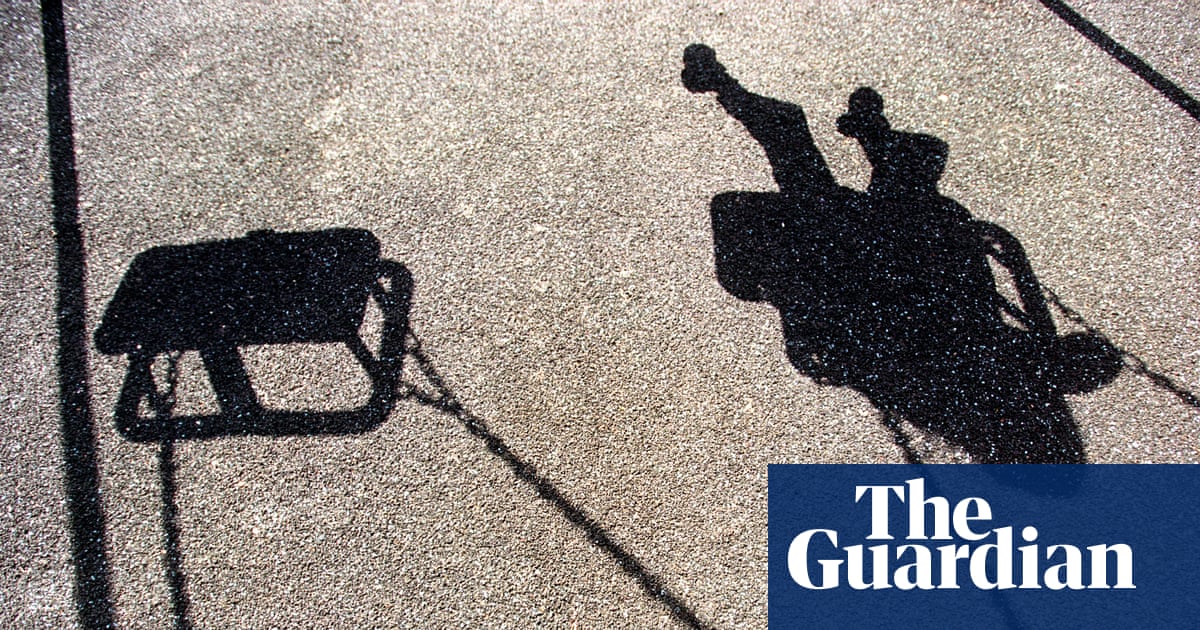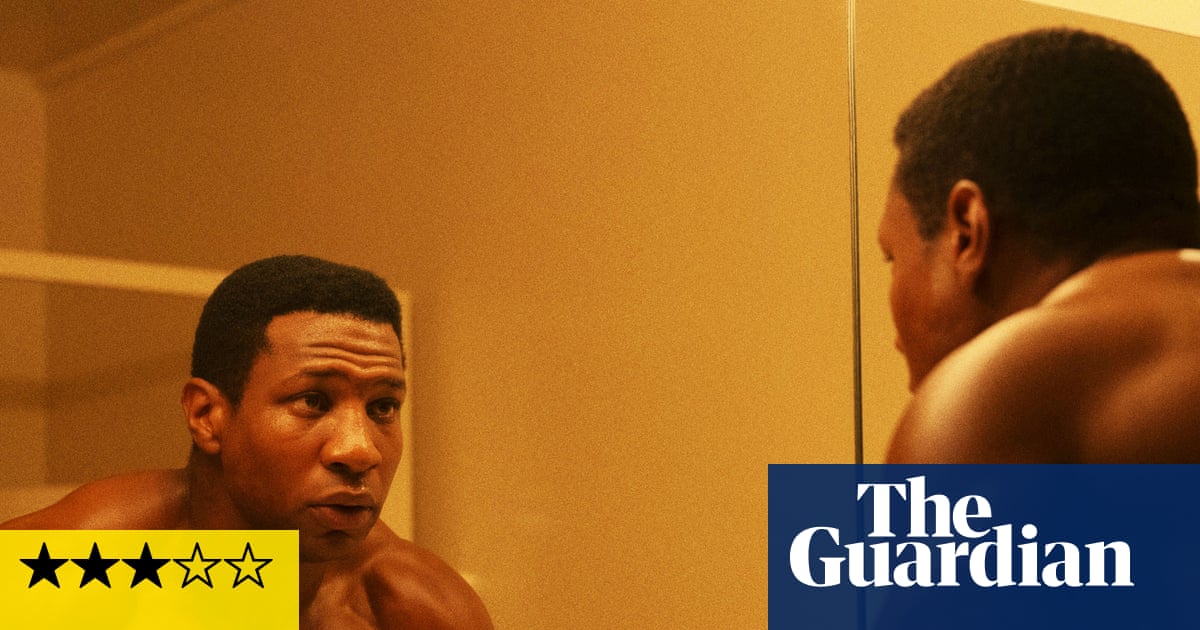The fitness-focused tech scene is booming, and there are now more ways than ever to track, analyse and dissect every run, ride and workout rep. From carbon-plated running shoes to form-boosting pool floats, a new wave of fitness kit promises to help you set PBs, win that next match and elevate your athletic abilities.
Not every device, wearable or training tool will be right for your goals, so you’ll need to be clued up on where to invest your hard-earned money. To cut through the marketing gumpf, I enlisted the help of experts across various disciplines and sports to identify the technology that can truly make a difference. And surprisingly, it isn’t always the newest, most expensive releases – some aren’t even “smart”.
The best fitness tech and gadgets
Cycling
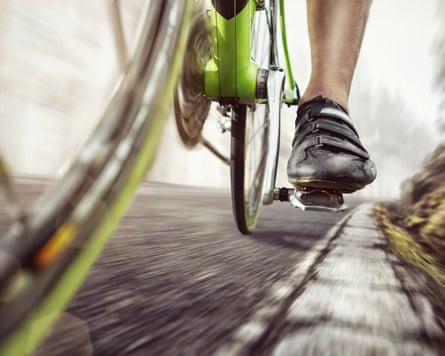
Jake Hales, head coach at Ride Revolution
Pedals and shoes
When you pedal in trainers, you’re not attached to the bike, so you end up with a very quad-dominant, pushing-down movement. When you switch to clipless pedals, your shoes are directly connected, enabling you to pedal in a more circular motion and be more efficient with your technique.
It also means you’re fixed in a position on the bike, which, when set up correctly, should leave you more comfortable – on long rides, having your feet out of position can cause problems further up the chain.
The most accessible clipless pedal would be a two-sided mountain bike pedal, which makes getting in and out easier, because unlike one-sided road bike pedals, you can clip in on either side. The shoe’s cleat is also flush with the sole, making it easy to walk in.
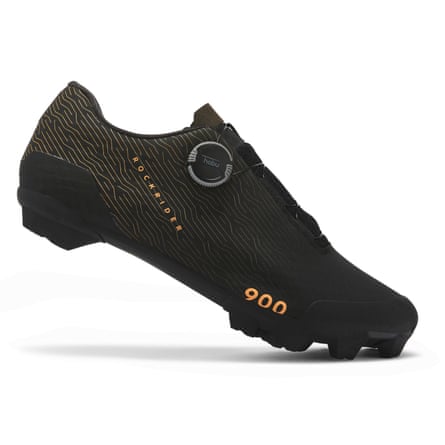
Rockrider mountain bike shoes
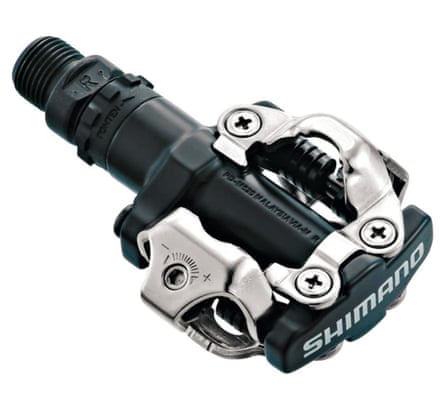
Shimano clipless cycling pedals
Turbo trainer and third-party training software
For the uninitiated, a turbo trainer enables you to turn your bike into an indoor training tool. Previously the reserve of only the most passionate cyclists, improvements in technology have made turbo trainers more user-friendly than ever. “The main benefits of using a turbo trainer are accessibility and having control over your environment,” says Hales.
“When you’re outside, there are a lot of parameters you’ve got to work around like traffic, junctions, road conditions, etc. From a training perspective, a turbo trainer enables you to control what you do a lot more and means you can jump on the bike and follow the exact session you want to do, rather than riding out of town to get stuck in rush-hour traffic.
“Also, gone are the days of just having a fixed rear-wheel turbo trainer where you stare at a wall and ride away. In the past 10 years or so, the advent of software such as Zwift or Rouvy and improved turbo trainers means we’re able to create an environment that’s slightly less boring than it was in the past.”

Zwift
Running
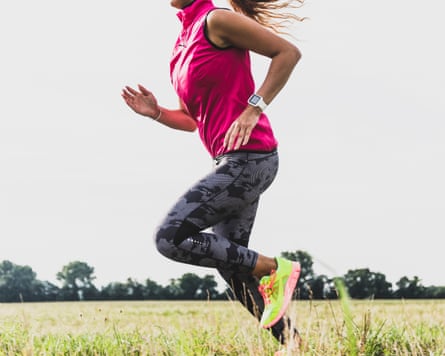
Doug Stewart, head coach at TMR Coaching
GPS watch
A GPS watch is one of the most helpful devices you can use as a runner. The key benefit is that it records your distance and speed, allowing you to track your progress, which can be a really good motivator.
If you’re following a training plan, it can help to guide your workout, telling you when to speed up or slow down. The data you’ve captured allows you to then go back and analyse your effort afterwards.
I would choose a running-specific watch. The likes of Apple watches are very sophisticated, but the data isn’t always the best. Something like the Garmin Forerunner series should be very reliable.

Garmin Forerunner 165 music

Garmin Forerunner 570
Carbon running shoes
Carbon-plated shoes improve running economy; in other words, they make the runner more efficient. In scientific literature, you’ll read about the oxygen cost of running; for every stride in carbon-plated shoes, you use less oxygen than in traditional shoes. This is because the shoe acts like a spring of sorts, providing more propulsion for every stride.
There’s evidence (in academic research, but also anecdotal finish times of marathon runners) that they can help runners of all abilities, not just elite runners.
There’s individual variability, however, so trying a couple of models and finding what feels comfortable for you is important. The ones that have proved to be very beneficial are the Nike Alphafly and Vaporfly, the Asics Metaspeed, and the Saucony Endorphin Pro – the latter of which seems to be more robust. Generally speaking, the Nike Alphafly and Vaporfly appear to be good for about 100 to 200 miles – there is a range based on the conditions people run in, the forces they put through them, and then also the exact model of the shoe in use.
The latest Puma Fast-R Nitro Elite 3 outperformed several other shoes in academic research, and while the research was Puma-funded and is yet to be peer-reviewed, they would be the shoes I’d recommend to someone doing a marathon in a couple of weeks. I would also recommend athletes use their race-day shoes in training for key sessions to get used to them. The challenge is the lifespan, so it’s important to rotate them with other shoes, so that they’re still good for race day.
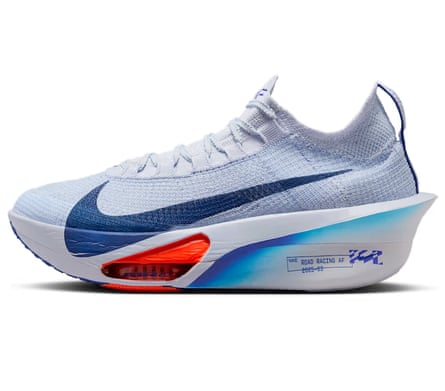
Nike Alphafly 3 (men’s)
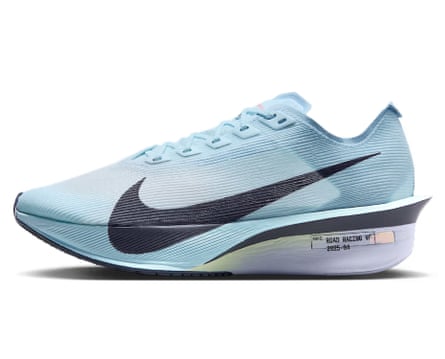
Nike Vaporfly 4 (women’s)
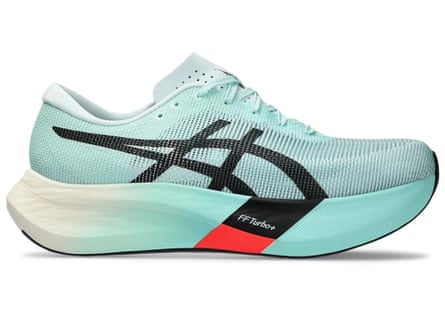
Asics Metaspeed Edge Paris (unisex)
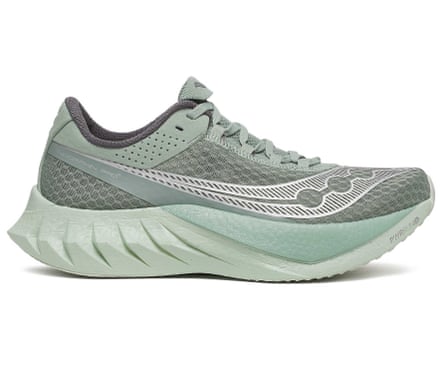
Saucony Endorphin Pro 4 (men’s)
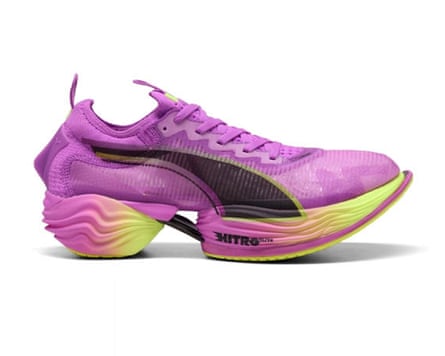
Puma Fast R Nitro Elite (men’s)
Heart-rate monitor
If you’re new to the sport, running by pace is fine. When you’re looking to get to the next level, though, heart rate can be useful in terms of gauging how hard you’re working, because there are so many variables that influence pace, including the terrain, incline and your choice of footwear that day.
A lot of people do easy runs too hard, and hard runs not hard enough, and end up training in an unhelpful middle ground. Knowing your heart rate can be beneficial because you can set your training zones; you can then use them to guide your workout, ensuring you’re not running too hard on your easy days.
Although they’re improving, I don’t think the heart-rate monitors on GPS watches are reliable when running. Having a heart-rate strap and accurate data can therefore be a real benefit. An arm-based heart-rate monitor like the Coros can be particularly useful for women because of the chafing and fitting around sports bras with chest straps. It uses the same [optical sensor] technology, but while a watch is positioned on your wrist, where there is more bone and tendons, which interfere with readings, the Coros sits higher up the arm, where there is more consistent blood flow and less chance of movement thanks to a more secure fit.

Coros heart-rate monitor
Swimming
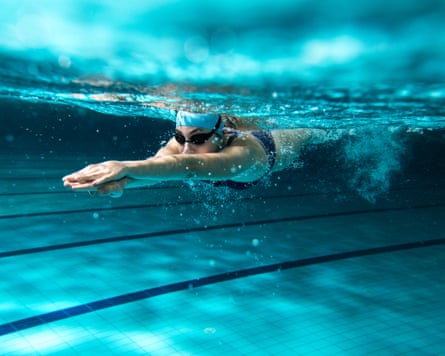
Phil Murphy, head coach at Total Tri Training
Pull buoy
Most people weren’t swimming at a competitive level from a young age. One of the best ways to teach these “adult-onset swimmers” is to give them pool aids that help them feel the water better and have a better body position.
A pull buoy is held between the thighs and lifts the body into a nice, neutral position in the water without the need to kick, allowing you to set the catch – the point when your hand enters the water – at the start of the arm stroke. Without a pull buoy, a lot of people sink their hips and they’re unable to initiate the start of the swim stroke properly.
Not all pull buoys are created equal – it’s more about the size and buoyancy of them. A lot of people think they’re cheating if they swim with a pull buoy, but they’re not. Without one, you’re making swimming very difficult for yourself, which means it’s more fatiguing. As such, you won’t swim as often, and won’t swim as far when you do go swimming.
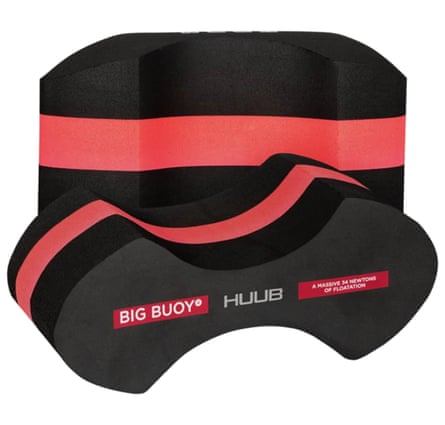
Toy Buoy 4
Smart goggles
I’m quite anti-technology in the pool; I grew up using the clock on the wall, not pressing buttons on a smartwatch. But the beauty of smart goggles is that they know exactly when you touch the wall and when you push off, so they’re good for people who want something that can record their times and count laps without pressing buttons, meaning they can get on with swimming.
Their other big selling point is that they help you analyse body position in real time. They look at your head position and how far you’re turning to breathe and give you feedback on that, so that can help people swim better.

Smart Swim goggles
Tennis
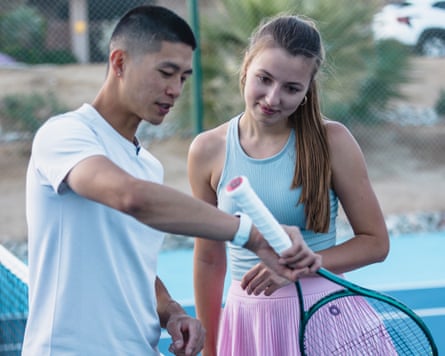
Alex Johansson, @tennistechie
For years, tennis lagged behind other sports in technology adoption, but that’s finally changing. SwingVision brings smart analysis directly to your phone or tablet and delivers real-time shot tracking, line calling and match stats.
It’s affordable, with a free option available that provides two hours of recorded analysis a month. Easy to use and requiring no permanent infrastructure, it makes smart analysis accessible for anyone, anywhere.
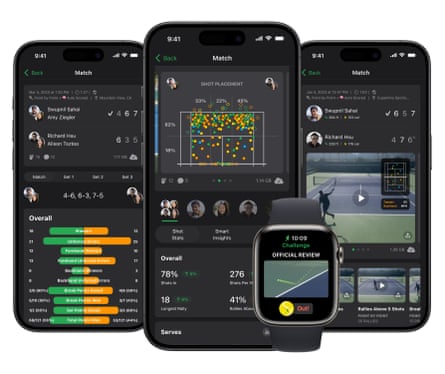
SwingVision
Strength training
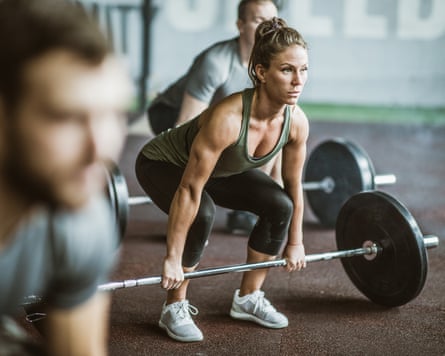
Andrew Julien, personal trainer, @ajsmadness
Gym shoes
Running shoes propel you forward, but if you use them on a gym floor, you’re forever striking forward. For example, with a squat, you’re going to squat with your toes leading the movement, rather than your heels.
For functional training sessions, I recommend a Nike Free Metcon because of the durability and the movement pattern it offers. It allows free movement and creates a bit of tension on the actual foot, so when you do things like agility – if you’re jumping side to side – it doesn’t roll your ankle and stabilises you on landing. The same goes for a jump up: if you’re doing things like jump squats or even a lunge, that landing pattern is a lot better than when wearing a lifting or a bog-standard running shoe.
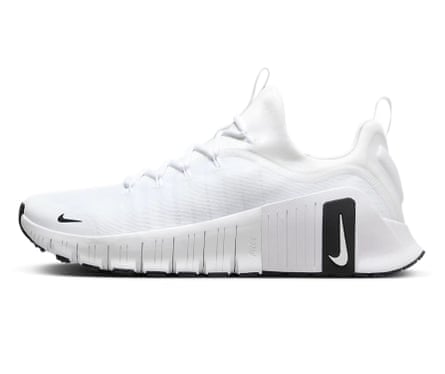
Nike Free Metcon 6 (men’s)
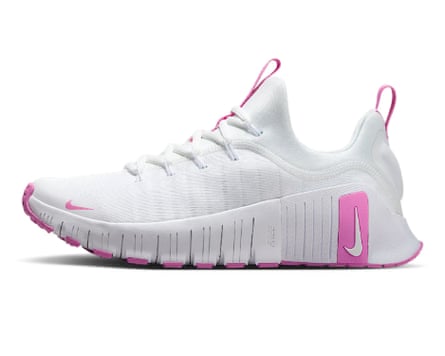
Nike Free Metcon 6 (women’s)
Lifting belt
I do a lot of hybrid training, so if I’ve gone for a long run, and then I’m lifting the next day, my hamstrings could still be activated and engaged, which can trigger the back.
It’s weight-dependent, but when lifting heavy, I’d recommend using a powerlifting-graded belt – it keeps you in place and it supports the lower back by supporting the glutes and hamstrings, so there’s no overstretch. It encourages a heavier lift and prevents injury.
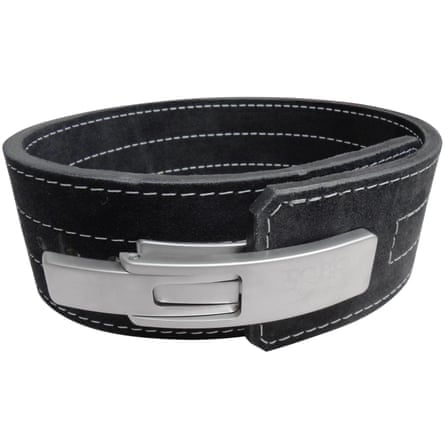
Titan Longhorn lever belt
Recovery

Aileen McCann, PT and sports massage therapist, @aileenmccann_moves
Massage gun
A manual massage is better than a gun, but they’re great all-rounders for pre-, mid- and post-workout. The tapotement massage technique – that hard, vibrating style – helps stimulate the nervous system and releases tension in certain muscle groups.
It won’t help move things around, and there are only certain areas you can target on your own – it’s really hard to get your traps or your back unless someone’s doing it – but they’re useful tools to have.

Theragun Mini massage gun

Hypervolt 2 massage gun
For more, read the Filter’s guides to the best massage guns and essential pilates kit

 2 months ago
61
2 months ago
61



